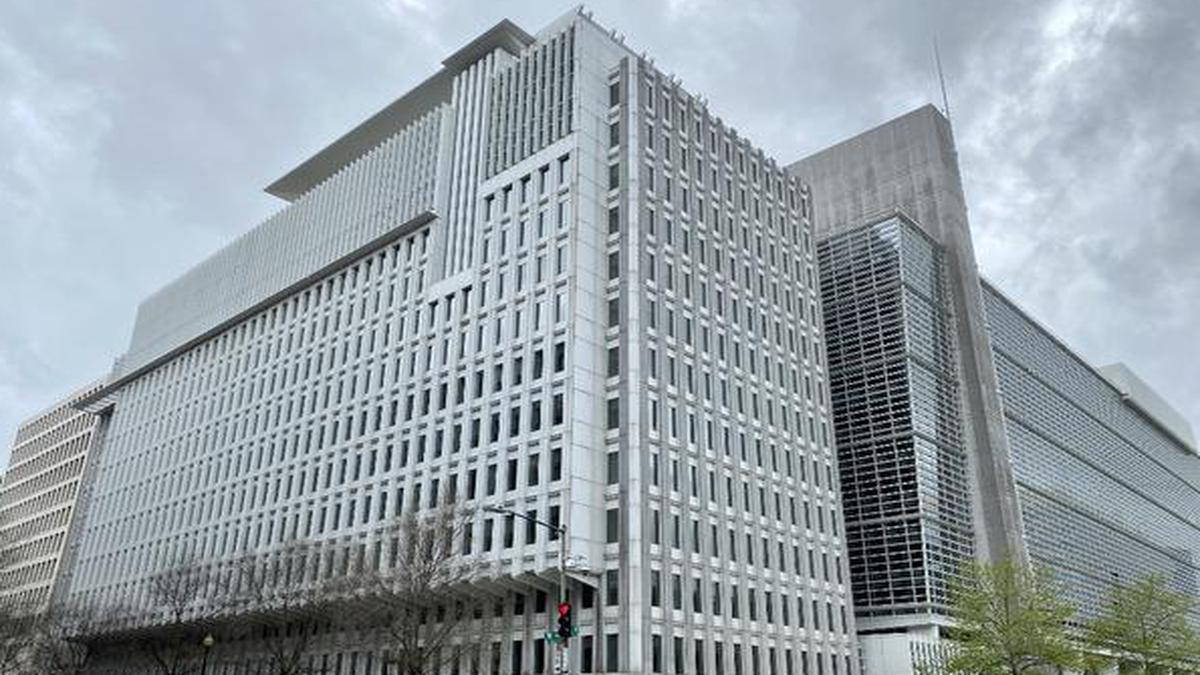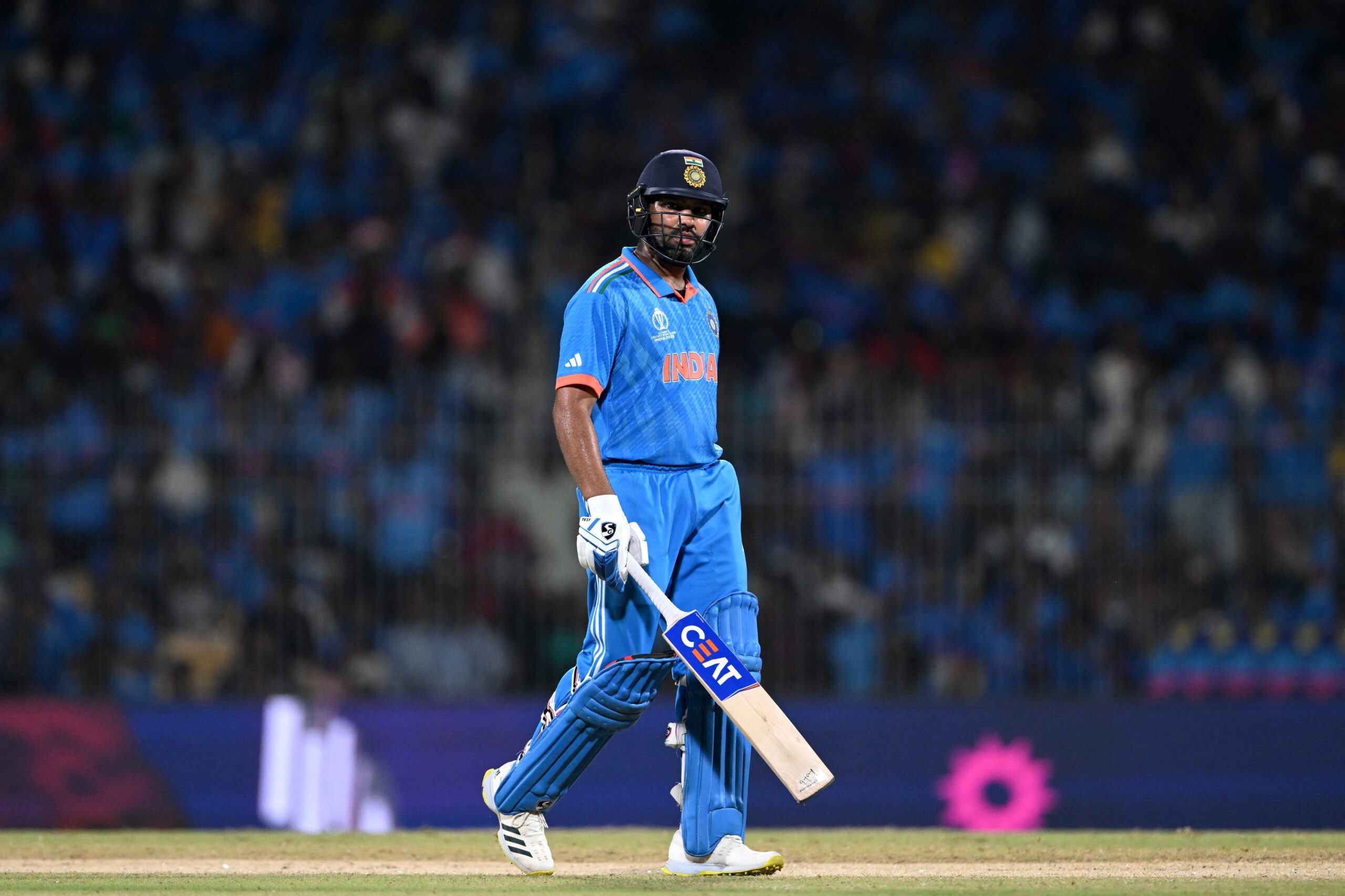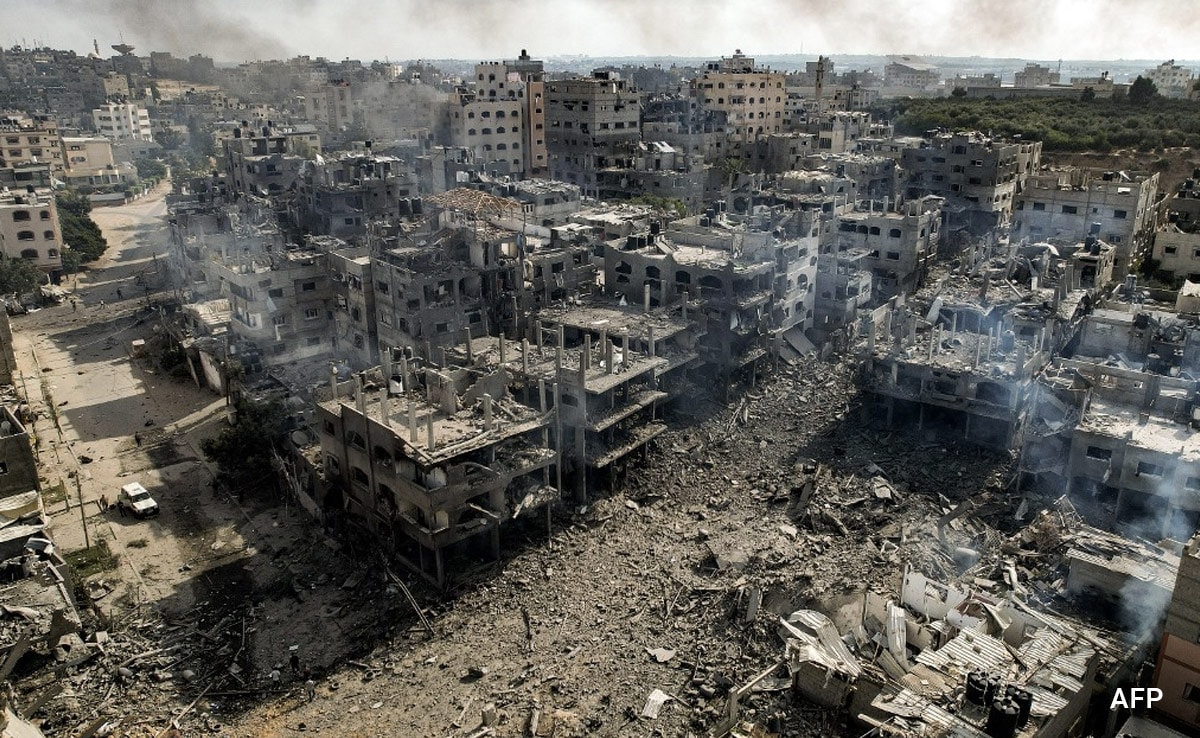This aerial view shows an area partially submerged in flood at Rangpur district on July 6, 2024. The death toll from floods in Bangladesh this week has risen to eight, leaving more than two million affected after heavy rains caused major rivers to burst their banks, officials confirmed on July 6
| Photo Credit: AFP
The death toll from floods in Bangladesh this week has risen to eight, leaving more than two million affected after heavy rains caused major rivers to burst their banks, officials confirmed on July 6.
The South Asian nation of 170 million people, crisscrossed by hundreds of rivers, has seen more frequent floods in recent decades.
Climate change has made rainfall more erratic and melting glaciers upstream in the Himalayan mountains.
Two teenage boys were killed when a boat capsized in flood waters in Shahjadur, the northern rural town’s police chief Sabuj Rana told AFP.
“There were nine people in the small boat. Seven swam to safety. Two boys did not know how to swim. They drowned,” he said.
Bishwadeb Roy, a police chief in Kurigram, said that three others had been killed in two separate electrocution incidents after their boats became entangled with live electricity wires in flood water.
Another three died in separate flood-related incidents around the country, officials told AFP earlier this week.
The government said it has opened hundreds of shelters for people displaced by the waters and sent food and relief to hard-hit districts in the country’s north region.
“More than two million people have been affected by the floods. Seventeen of the country’s 64 districts have been affected,” Kamrul Hasan, the secretary of the country’s disaster management ministry, told AFP.
Hasan said the flood situation may worsen in the north over the coming days with the Brahmaputra, one of Bangladesh’s main waterways, flowing above danger levels in some areas.
In the worst-hit Kurigram district, eight out of nine rural towns have been marooned by flood water, local disaster and relief official Abdul Hye told AFP.
“We live with floods here. But this year the water was very high. In three days, Brahmaputra rose by six to eight feet [2-2.5 metres],” Abdul Gafur, a local councillor in the district, told AFP.
“Flood water has inundated more than 80 percent of homes in my area. We are trying to deliver food, especially rice and edible oil. But there is a drinking water crisis.”
Bangladesh is in the middle of the annual summer monsoon, which brings South Asia 70-80% of its annual rainfall, as well as regular deaths and destruction due to flooding and landslides.
The rainfall is hard to forecast and varies considerably, but scientists say climate change is making the monsoon stronger and more erratic.









